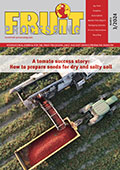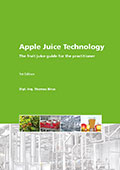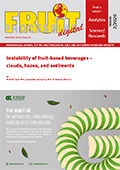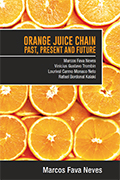The harvesting of late orange varieties began at a slow pace in mid-October. Although maturation was not ideal then, oranges were within the minimum standards required by the market, leading farmers to begin the harvesting.
The first variety available in the market was valência, followed by natal. Even the variety “folha murcha”, whose harvesting usually begins in December, arrived at the market in the first fortnight of November.
Agents expect supply (majorly of valência and natal oranges) to increase in the coming weeks, as the harvesting steps up in December – activities are forecast to end in mid-February. Also, the share of late varieties at juice processing plants is expected to gradually increase this month, accounting for the most part in December.
At juice processors, although quality standards (ratio and brix) are not within requirements, agents from the industry reported to be receiving late varieties – many of them blend these varieties with the juice from pear oranges without any quality loss. However, the supply of these varieties is still low because of difficulties to find labor for the harvesting.









